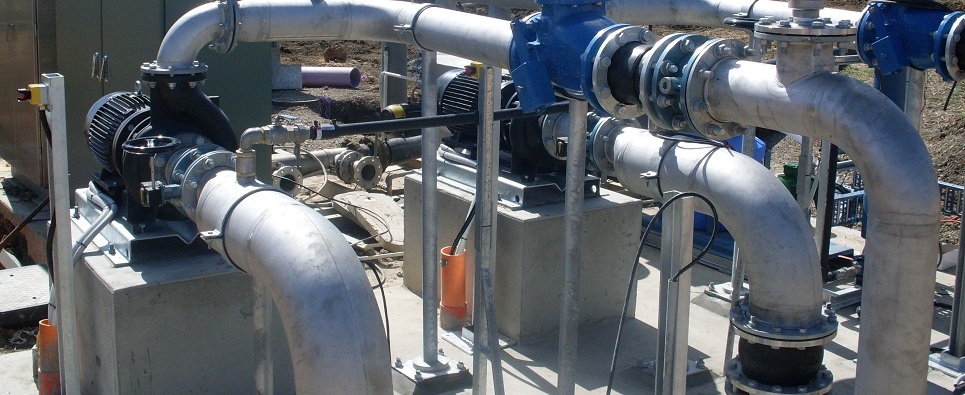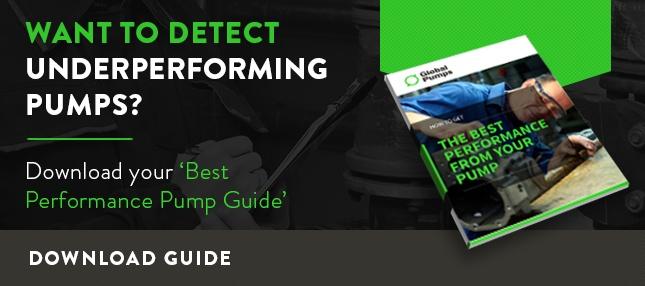It's an often neglected component of an efficient pump system, but the suction pipe is incredibly important in ensuring that a product is transported correctly. Whether it's forgetting to include the suction pipe in your friction loss calculations, or simply ignoring the dangers of a lengthy or undersized suction pipe, too many underestimate the positive and negative effects this can have.

How the Suction Line Affects Friction Loss
The suction line of your pump system is simple piping which transports your fluid material from its source to the pump itself. When you are planning out your system, you have to take friction loss into account. It isn't enough to just calculate the power required to move a fluid from point A to point B, you must also take into consideration the resistance caused by friction. But in order for these calculations to be accurate you must take the suction line into account, which is something which can be easily forgotten. This could potentially mean that you end up purchasing the wrong equipment which isn't up to the task, only to discover this when it's too late, and you have to buy a new pump which is more capable.
The suction line must be designed before you buy a pump in order to make sure you get the correct equipment.
Why a Shorter Suction Line is Better
When pumping materials, your number one goal should be efficiency: how do you transport a desired volume of fluid over a given time from one point to another, using as little energy as possible. A shorter suction line is a key part of achieving this.
The advantage of a short suction line includes:
- Energy Efficiency: The less energy you use, the less strain will be put on your components, and the cost of running your pump will be reduced in tandem. The longer the suction line, the more energy your pump needs to expel to transport a fluid from source to the impeller or diaphragm and then into the discharge pipe. More energy is required to move a fluid over a greater distance, however, the friction loss caused by a fluid rubbing against the inside of a pipe, valve or other component means that your pump has to make up for this loss of energy as well. The shorter the suction pipe, the less distance and the less friction loss a pump will have to compensate.
- Avoiding Cavitation: A major problem for pump maintenance and durability is cavitation. This occurs when pockets of air or vapour are created within the fluid due to pressure changes. These tiny bubbles then implode, releasing a shockwave and causing damage to surrounding parts, including the impeller. A short and direct suction line reduces the risk of cavitation. We have a blog which goes over the different types of cavitations here.
Altering the length and/or design of your pump's suction line is a great way to improve efficiency and increase the longevity of your equipment. For more information about industrial pumps and their installation, listen to the experts on the Global Pumps Blog.
Coming up in our next posts, we will go over suction line recommendations from different pump manufacturers.
Looking for Advice?
Get expert advice about how to get the best pump performance from Global Pumps, Australia's most trusted industrial pump manufacturer and distributor.
Contact one of our friendly pump experts today!


